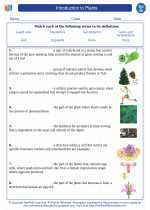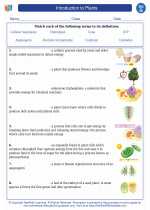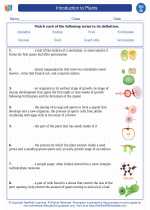The Lungs
The lungs are essential organs of the respiratory system, responsible for the exchange of oxygen and carbon dioxide in the body. They are located in the thoracic cavity, protected by the ribcage. The main function of the lungs is to facilitate the process of breathing and gas exchange.
Anatomy of the Lungs
The lungs are paired organs, with the right lung consisting of three lobes and the left lung consisting of two lobes to accommodate the space for the heart. They are enclosed within a double-layered membrane called the pleura, which provides protection and allows the lungs to expand and contract during breathing.
Function of the Lungs
When we inhale, the diaphragm and intercostal muscles contract, causing the chest cavity to expand and the lungs to fill with air. Oxygen from the inhaled air is transferred into the bloodstream through tiny air sacs called alveoli. At the same time, carbon dioxide, a waste product of cellular respiration, is expelled from the bloodstream into the alveoli to be exhaled out of the body during exhalation.
Respiratory System Regulation
The respiratory system is regulated by the brain, specifically the medulla oblongata and pons, which control the rate and depth of breathing based on the body's oxygen and carbon dioxide levels. Additionally, the respiratory system is influenced by external factors such as physical activity, altitude, and certain medical conditions.
Common Lung Disorders
There are several common disorders that can affect the lungs, including asthma, chronic obstructive pulmonary disease (COPD), pneumonia, and lung cancer. Understanding these disorders and their causes, symptoms, and treatments is crucial for maintaining lung health.
Study Guide
- Describe the anatomy of the lungs, including their lobes and the pleura.
- Explain the process of gas exchange in the lungs and its importance for the body.
- Discuss the role of the diaphragm and intercostal muscles in breathing.
- Identify the regulatory mechanisms of the respiratory system and how they maintain homeostasis.
- Compare and contrast common lung disorders, including their causes and treatments.
Understanding the structure and function of the lungs is vital for comprehending the respiratory system and its overall significance for human health and physiology.
.◂Biology Worksheets and Study Guides High School. Introduction to plants

 Worksheet/Answer key
Worksheet/Answer key
 Worksheet/Answer key
Worksheet/Answer key
 Vocabulary/Answer key
Vocabulary/Answer key
 Vocabulary/Answer key
Vocabulary/Answer key
 Vocabulary/Answer key
Vocabulary/Answer key
 Vocabulary/Answer key
Vocabulary/Answer key
 Vocabulary/Answer key
Vocabulary/Answer key
